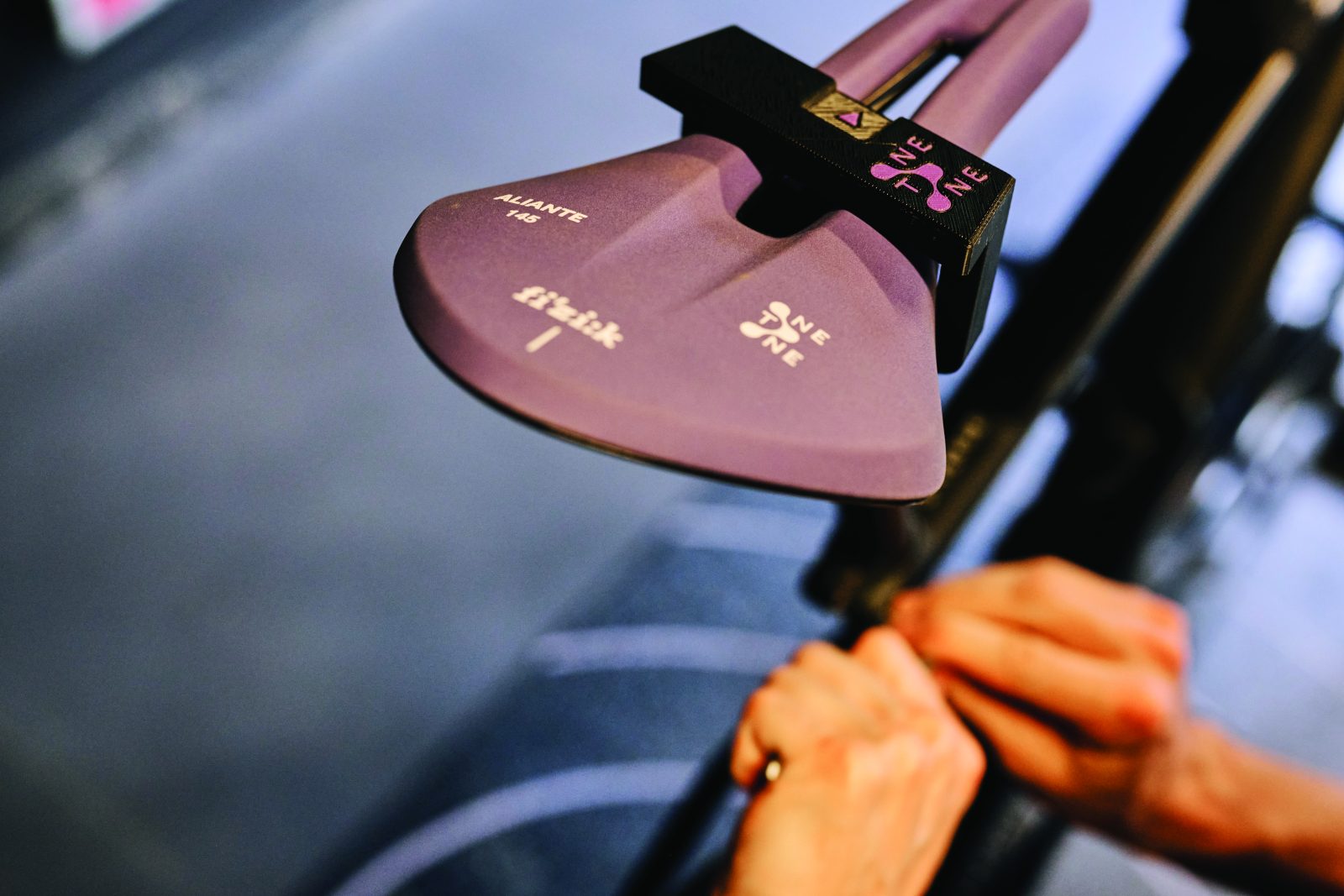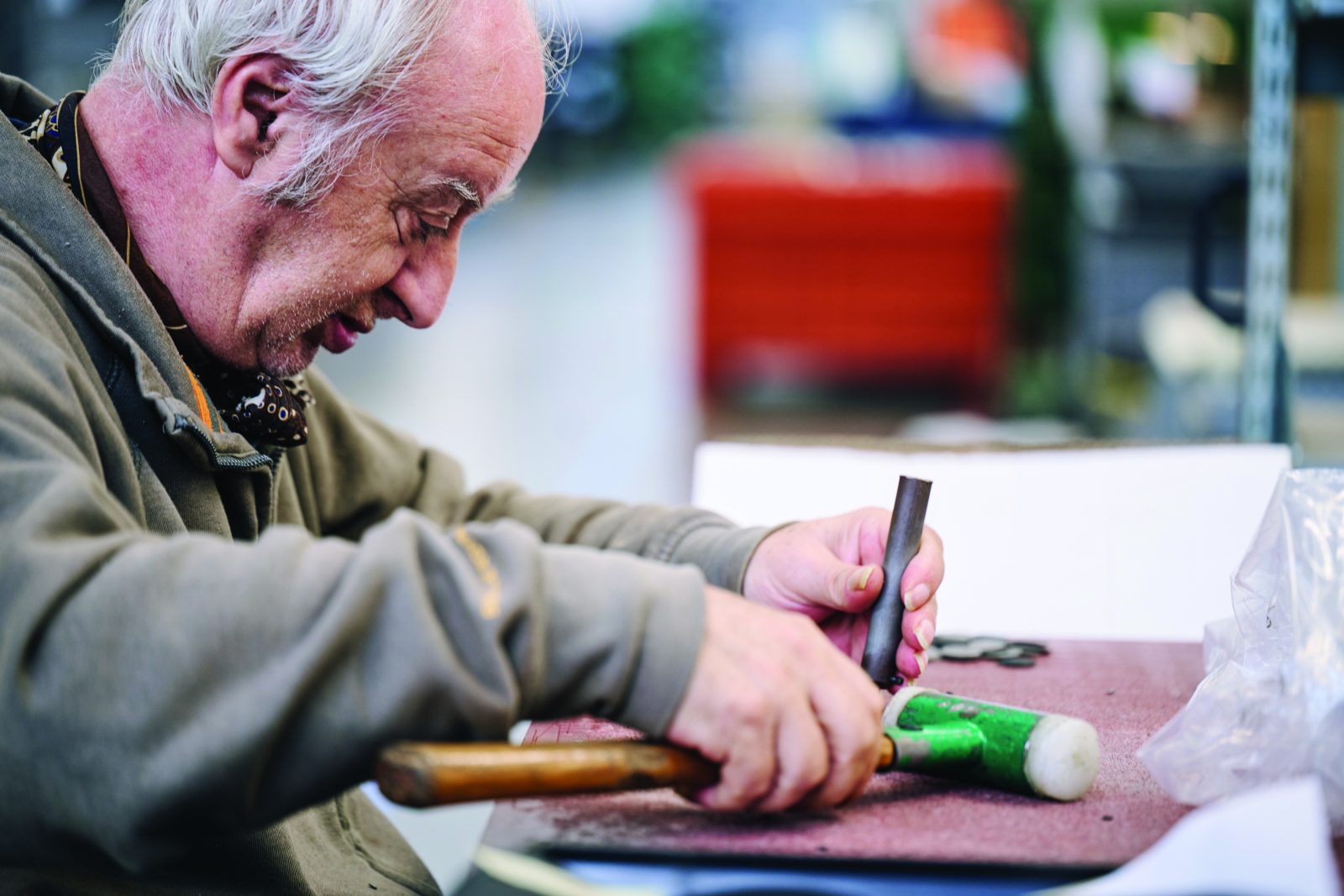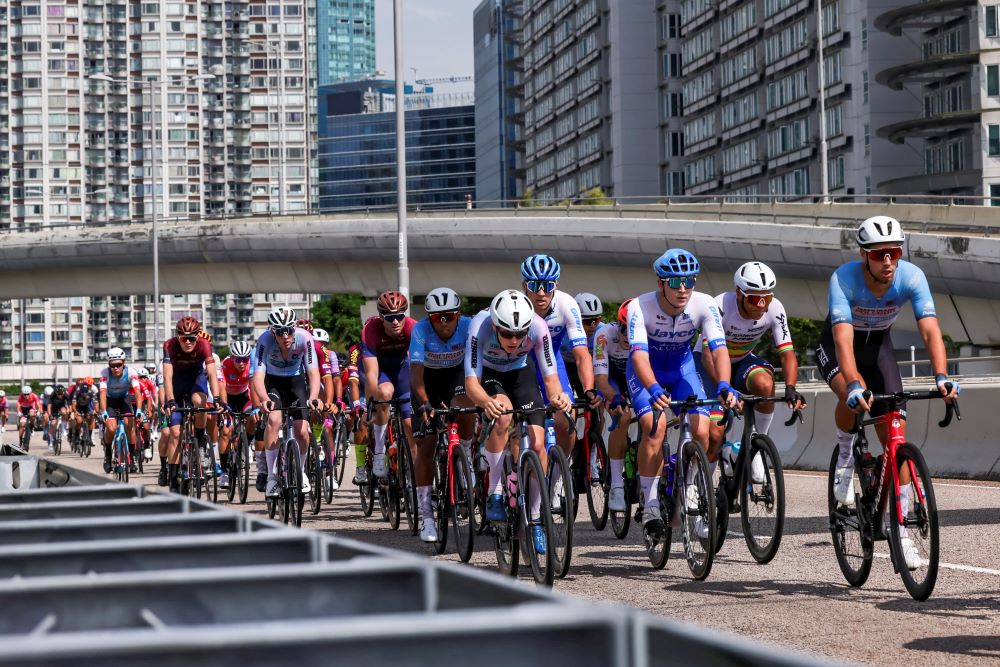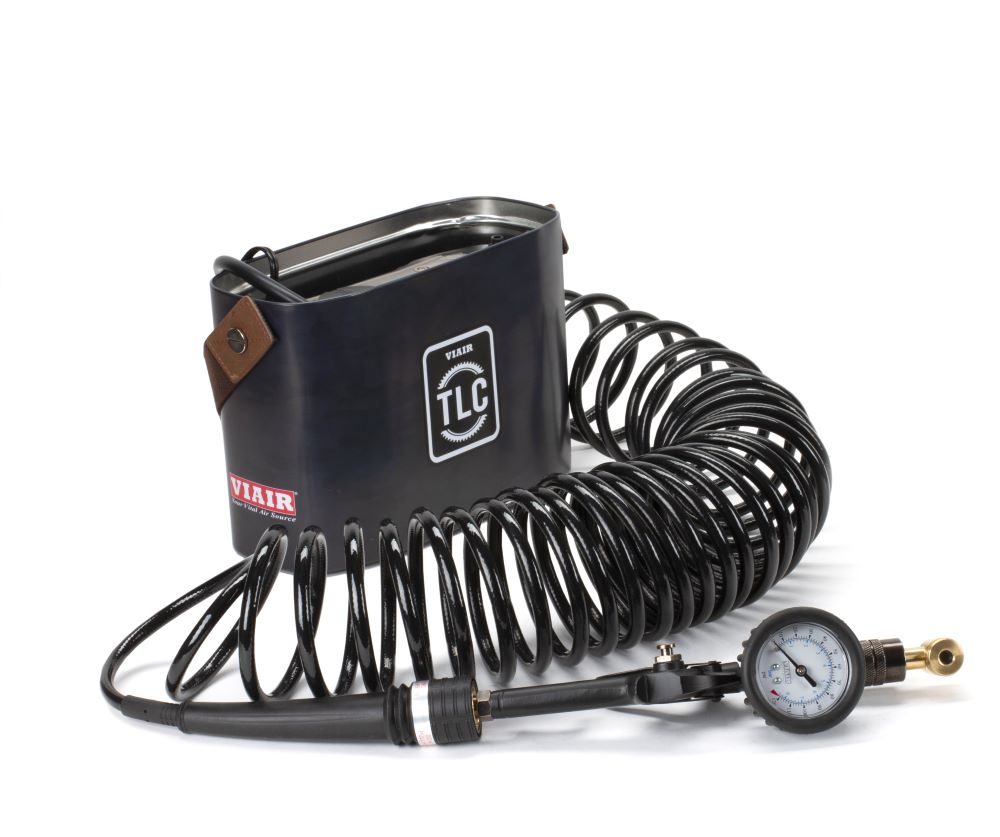Fizik is the high-performance end of the world’s biggest saddle manufacturer. Cyclist visits its Italian HQ to discover its secrets.
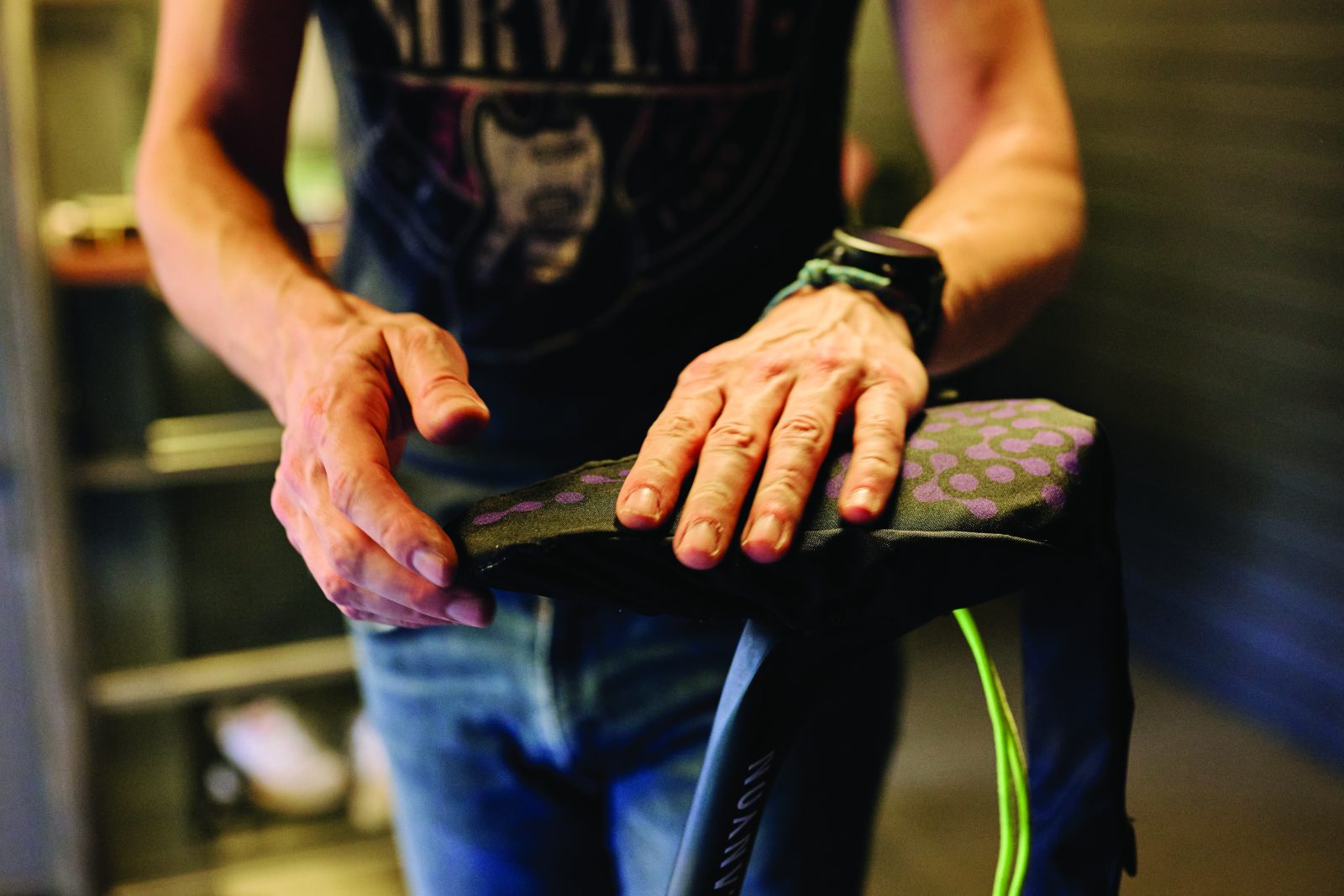
Words: Sam Challis Photography: Mike Massaro
With a history stretching back nearly 30 years, Fizik is as established as they come, yet it could just as easily not have existed at all. The company is an offshoot of Selle Royal, a saddle manufacturer founded in 1956 and now regarded as the biggest in the world, with more than 80 design patents to its name and a proactive approach to new technology that means it should be able to enter any category it wants. But consumer perception is a funny old thing.
Despite a desire to enter the performance market, Selle Royal had become synonymous with recreational cycling, so its team knew they needed to rebrand. So in 1996 Fizik was born – or fi’zi:k, to give it its proper spelling – and since then it has become one of the most recognised names in cycling.
‘The brand was able to hit the ground running,’ says Giovanni Fogal, Fizik’s brand manager. ‘We could leverage Selle Royal’s expertise to produce quality saddles while our reputation and image were being built. Selle Royal’s initial need for Fizik meant we’ve always been conscious of branding and marketing, but it’s all backed by manufacturing. Our HQ is probably a good metaphor for this.’
He’s not wrong. Situated near Vicenza, the industrial manufacturing heartland of north-east Italy, the brand’s premises are nestled sleekly among lush grounds. The building’s clean, angular metal frontage contrasts stylishly with the sprawling trees and jungly bushes all around.
It’s a similar story when you first walk inside: dark walls and bold decor are balanced with high ceilings and the clever use of natural light to create elegant, modern spaces. Yet go through some heavy, double-height doors and the facility’s beating heart is revealed via a series of gargantuan manufacturing halls. Style is subtly supported by substance.
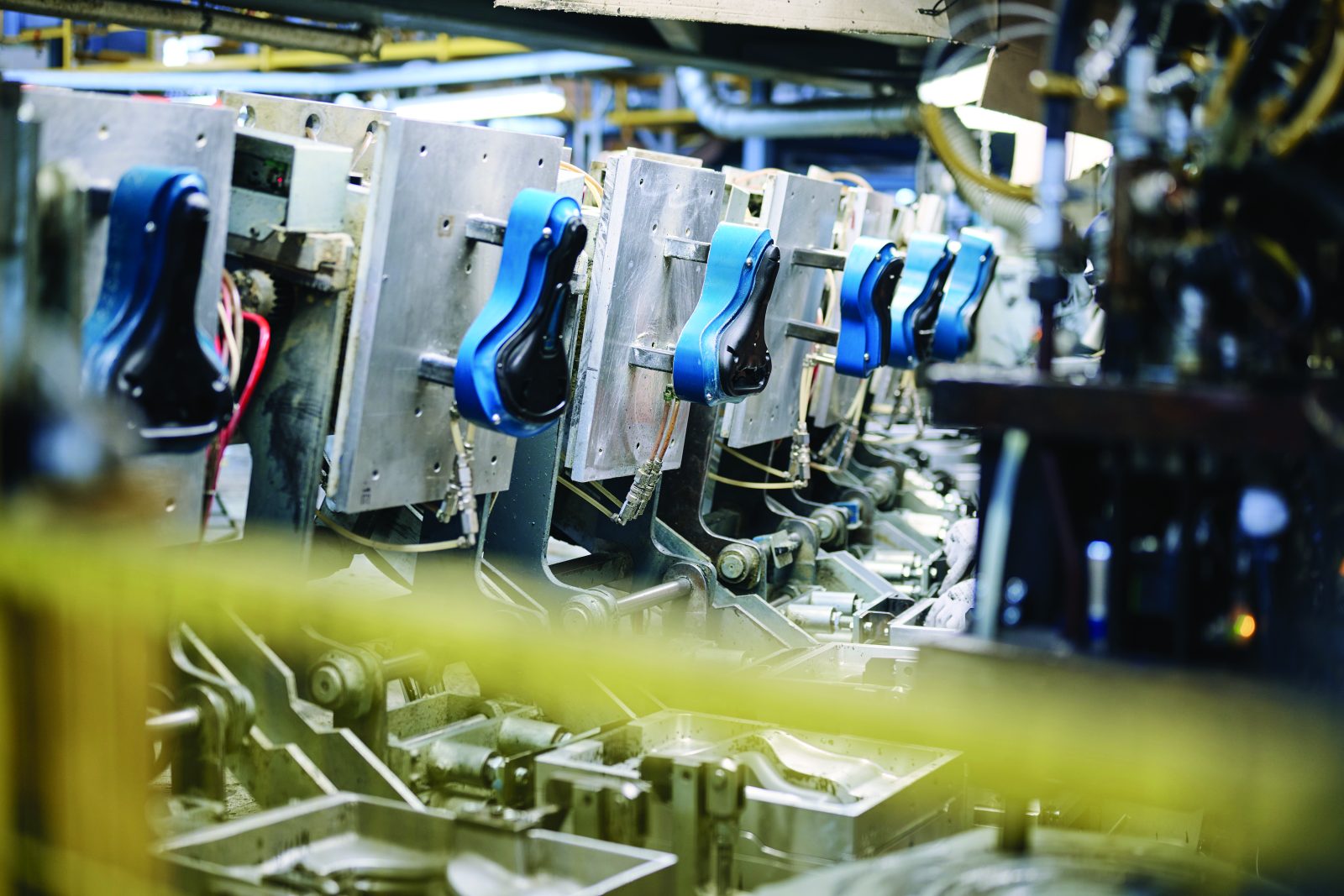
Technological progression
‘The layout of the manufacturing space broadly charts the development of the company,’ says Fogal. Plenty of space is given over initially to the production of Selle Royal’s saddles. Subcomponents are carried in yellow boxes that move around the building on rails like a rollercoaster. They weave above and around walkways, converging on a carousel that contains a ring of metal ‘modules’. Every module moulds a different saddle shape and the yellow boxes get diverted to the appropriate module so that the complete saddle can be assembled. The setup has clearly been in use for decades; still perfectly functional but everything looks well worn-in. Rhythmic hissing and clanking provides a ponderous soundtrack to production.
Further down the facility there’s an altogether more refined collection of machinery. This system is more modern and makes Fizik’s saddles. It’s also more automated, and its parts move more precisely. Huge robot arms shift complex mould modules, each the size of a person, from one place to another to expedite production.
The noises change from clanks and hisses to clipped buzzes and whirs. That said, human finesse is still yet to be mechanically outdone here, so the final assembly of Fizik’s saddles is often done by hand. Fizik’s operatives work with the efficiency of the machines we’ve just passed but can sign off on quality control at the same time. In one self-contained chamber, however, there is technology that outperforms even the most skilled human: Fizik’s 3D printers. 3D printed padding is seen as the cutting edge of saddle technology and Fizik is now taking it one step further by producing padding that is custom-printed to the individual.
‘Though we are a long-standing company, we are always looking to the future,’ says Fogal. ‘For example, these days sustainability has to go hand in hand with performance. We’ve given much of the roof space over to solar panels, meaning our factory can run off-grid for most of the year. Plus we now use recycled saddles in some of our more conventional foam padding, which I think is a nice way to close the circle.’
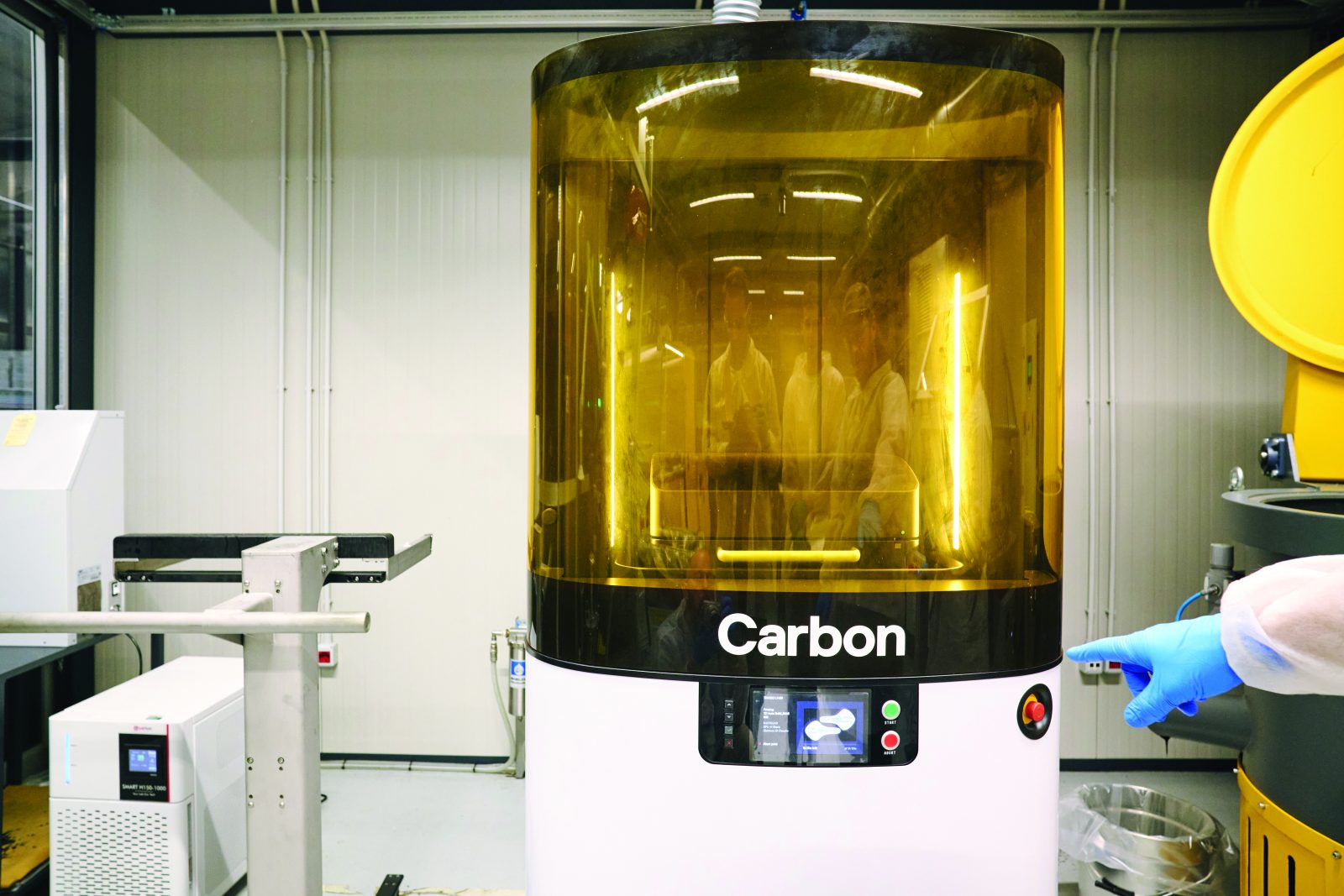
Ups and downs
Fogal takes us away from the bustle of the factory floor back into Fizik’s front of house. In a cavernous meeting room he begins to lay out how Fizik got to where it is today, because while Selle Royal’s resources gave it an auspicious start, the brand has long since followed its own path.
‘Collaboration with teams and athletes has been crucial in us developing independently,’ he says. Fizik sponsors a number of WorldTour teams, such as Movistar and Visma-Lease a Bike. It was a long-time partner of Ineos Grenadiers (formerly Team Sky), and both Bradley Wiggins and Chris Froome used Fizik saddles through most of their careers. Fizik’s Arione shape, introduced in 2003, is an iconic racing saddle.
The brand’s success in the saddle game prompted it to delve into how every bike contact point interacts with the body, which led into developing its own shoes in the early 2010s. ‘We had no industrial expertise to leverage this time, so it was much harder to start, but we had the clout by that point to recruit the talents and resources we needed. Now our shoes are just as popular as our saddles,’ says Fogal.
Looking to unify its offering across all three of a bike’s contact points, Fizik went into bars and stems for a time, but has since moved out of that category (although it still offers bar tape). ‘Components are complex, in a practical sense if nothing else – so many SKUs [stock keeping units] for each bar and stem variation to keep track of, and we were beholden to bike trends. Once integration and proprietary setups became popular, that market was too difficult for us to continue in,’ Fogal says.
It was a similar story for a brief foray into bibshorts: ‘Functionally speaking it makes a lot of sense to consider saddle and chamois as complementary products, but the consumer perceives the two things separately. We still believe it makes a lot of sense anatomically, but the commercial rationale cannot be ignored.’
A theme of shrewd business decisions to keep the company adapting to a changing market runs through Fogal’s narrative, which he puts down to building the right team. ‘We are very selective with our recruitment because it’s possible to develop the skills and knowledge to do a job, but much harder to develop passion and the right mindset,’ he says.
Fogal says the best evidence of this approach came nearly 10 years ago when Fizik diversified into gravel, an emerging discipline at the time. ‘When I joined Fizik we were strictly about road performance,’ he says. ‘But to stay contemporary we had to branch out. It proved the best decision we ever made.’
Fizik used its experience in road to move into gravel because the categories overlapped, then its presence in gravel gave it enough experience off-road to move into mountain biking. ‘Now we cover all aspects of performance cycling, and the categories cross-pollinate and make each other better,’ says Fogal. ‘It lets us reach new customers as well as follow along with existing ones, whatever direction they go on in their journey through cycling. That gives us confidence for the future.’
